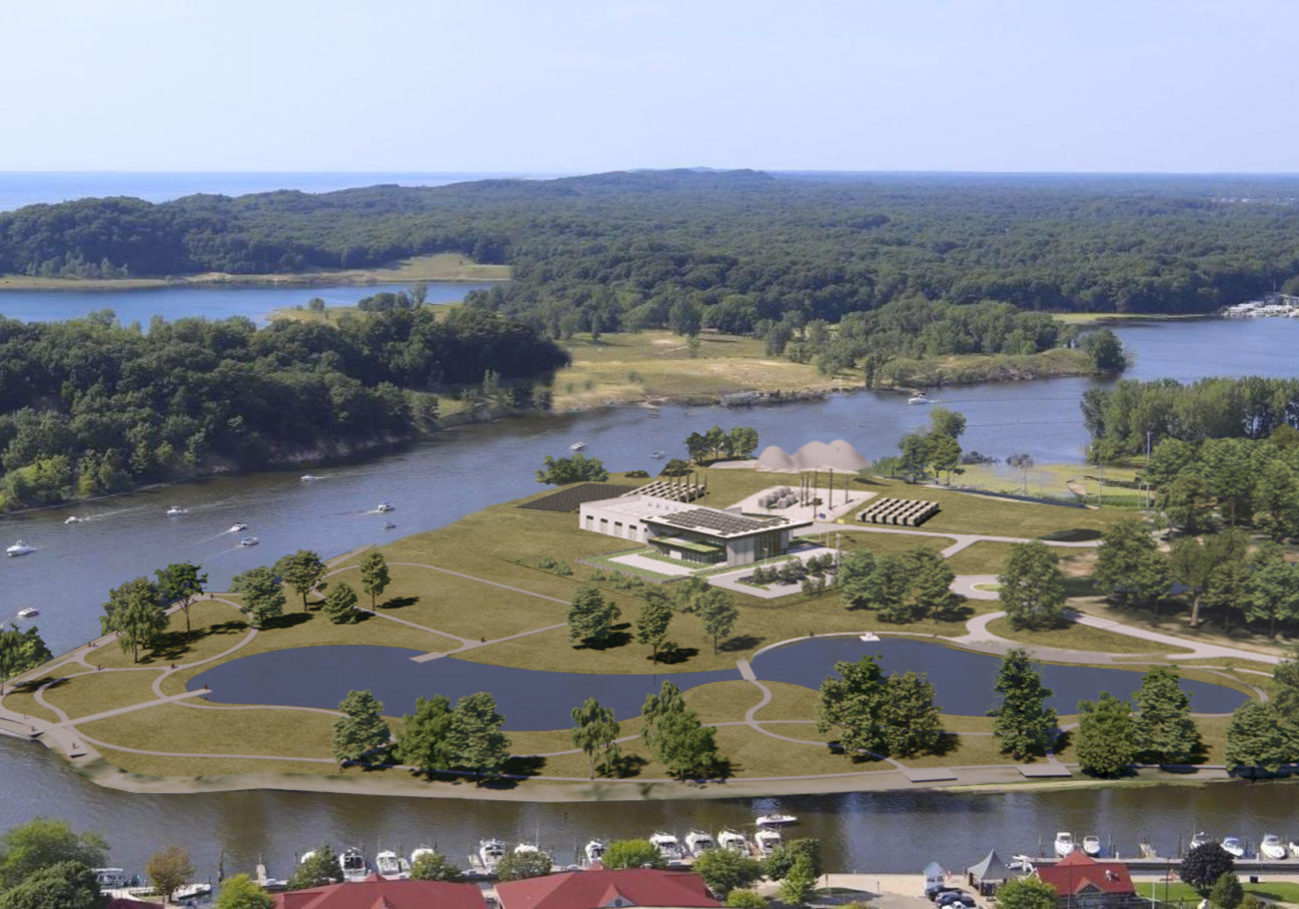As Texas’s energy woes filled the news this February during an unusual period of freezing weather and snow, West Michigan also experienced a cold snap. While grid management and regulation in Texas is very different from Michigan, the impact of the weather event here still added strain to the system.
The Cost of the Cold
When buying power from the grid in real-time, cost fluctuates based on availability and current demand. This fluctuating wholesale locational marginal price (LMP) sets the cost of a portion of the energy Grand Haven Board of Light & Power purchases. This cost spiked during the cold snap that dropped temperatures into the teens. In other words, real-time electric demand went up and supply was constrained, so prices escalated.
While much of the GHBLP’s energy supply is hedged through longer-term contracts with the Michigan Public Power Agency (MPPA) to keep costs as stable as possible, periods of extreme cold and high demand can increase costs for the portion that is unhedged. Initial reviews of this time period show that GHBLP purchased an average of 10.2 MW each hour for 257 hours when the LMP averaged over $100/MWh. These 257 hours cost the BLP system an additional $268,063 for that portion of our wholesale energy supply. 10.2 MW over this period constitutes about 0.9% of our annual supply of energy, but it cost us about 3 times more than the average wholesale energy cost per MWh during the rest of the year.
Savings of a Combined Heat & Power Plant

If GHBLP could have utilized the planned Combined Heat and Power (CHP) plant during this cold snap, it could have mitigated the costs associated with buying power from the real-time market with our ability to generate using this asset.

With GHBLP’s future CHP plant generating 12.5 MW/h during these 257 hours, not only would the snowmelt system not have needed to buy natural gas to fire its boilers (directly saving the City of Grand Haven money), but the net cost for electricity for GHBLP customers-owners would have been much lower. Generating our own power provides the advantage of cost reductions during peaks such as these, with the added revenue of excess power sales during those hours, is essentially a “call option” on lower-priced energy during periods of higher real-time prices.
If the CHP plant were built and running, the plant could have generated more than enough power to cover the unhedged portion of our supply for all but 49 of the 257 high-priced hours and sold back some excess energy during many more hours. With the ability to generate a portion of our needs and sell some power to the market, GHBLP could have made $57,561 to balance the cost of operating the plant, for a reduced net cost of energy from the plant to the system of $70,393 (for 2,619.6 MWh).In conclusion, a net savings of $197,130 for these 2,619.6 MWh during these two weeks would have been an incredible benefit to the community in addition to the savings from avoided capacity charges that the plant would save every month of the year. We look forward to all of the ways in which the new system design will work for the people of Grand Haven to keep local control of our utility while increasing affordability and reliability.


